‘From Frozen Precipitation to Sunburns’ in Utah: Environmental Science Trip Embraces Experiential Learning
An experiential learning trip through the parks, deserts, and river canyons of Utah this summer gave Trinity students a memorable new perspective on environmental science.
“This trip focused on a Colorado River rafting trip through Westwater and Ruby canyons,” said Jonathan R. Gourley, principal lecturer and laboratory coordinator in the Environmental Science Program. “We visited Arches National Park, Fisher Towers, and a site of native people’s petroglyphs that are close to 1,000 years old. The trip combined history, earth science, and desert ecology. We experienced everything from frozen precipitation to sunburns; the extremes out there are extreme.”
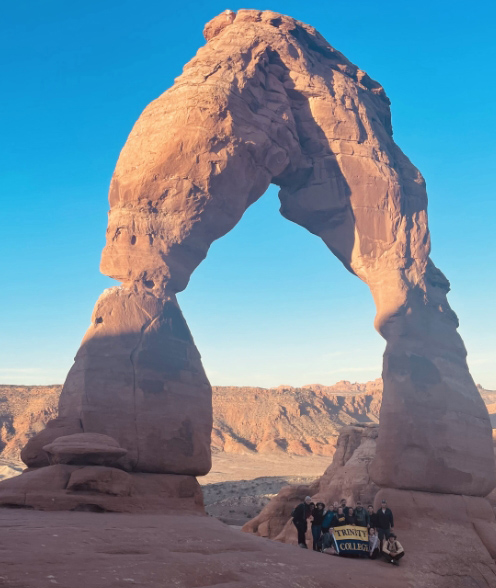
Eleven students and three faculty members spent 10 days around Memorial Day weekend paddling, hiking through parks, camping in the desert and on riverbanks, and learning about the natural world all around them. “The more places and different environments you can experience, the better of an environmental scientist you can become,” said Gourley, who led the trip along with Associate Professor of Environmental Science and Biology Amber L. Pitt. They were accompanied by Professor of the Practice in Public Policy and Law Glenn W. Falk.
“In my ‘Intro to Geology’ class, I teach about large-scale geological topics like mountain building and understanding desert landscapes; for the students who go on this trip, it all starts to make sense,” Gourley said. Trinity’s Environmental Science Program regularly offers credit-bearing field experiences like this in Utah, Iceland, and other destinations, although travel was cancelled in recent years due to the pandemic. “These trips offer students the ability to not just read about things in the textbook and look at pictures, but to go out and see for themselves. The eye-opening experience of seeing the American West and seeing geology in full technicolor in Utah can really only happen in the field.”
Pitt said that the trip provided an opportunity for students to study desert landscapes and the adaptations of plants and animals to water-limited conditions. “There were also opportunities to see how people’s use or misuse of water can further strain limited natural resources and the ecosystem as a whole,” she said.
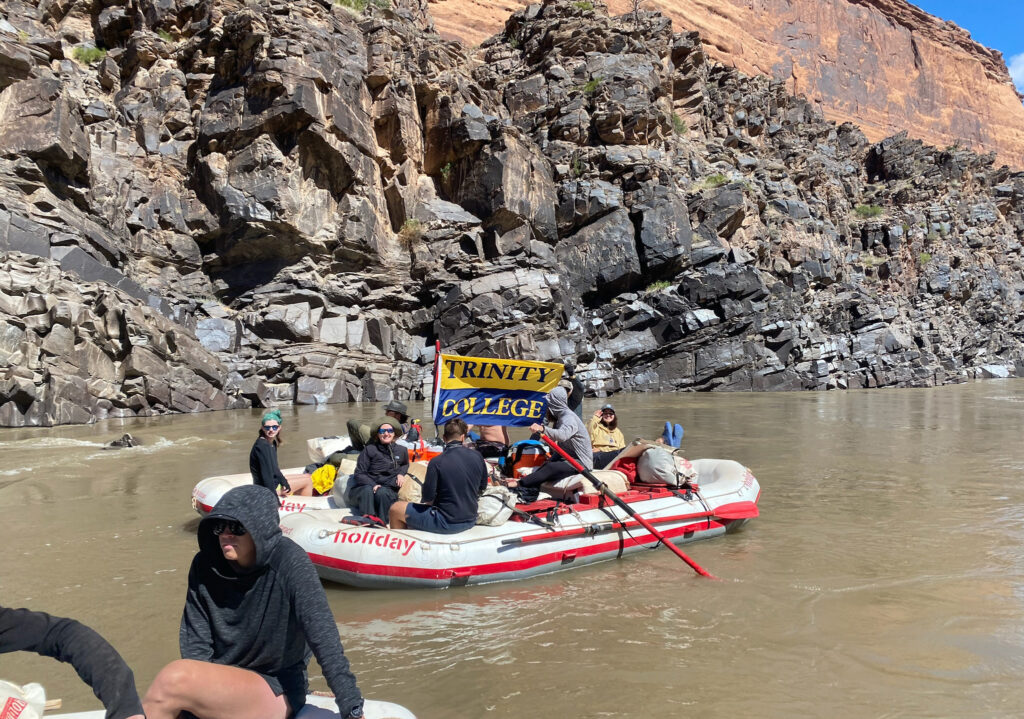
Eleanor Chmielowicz ’23, an environmental science and urban studies double-major from Chicago, said she went on the trip to learn more about the plants and animals of Utah and about conservation ecology. “The ability to travel to and learn first-hand about different biomes—especially with professors who are able to help guide the field explorations—is something I have always wanted to do, have learned a lot from, and am very grateful for,” she said.
Chmielowicz added that some of her favorite moments from the trip were watching the sunset cast Fisher Towers in a warm glow, holding an impromptu talent show at camp one evening, and paddling with fellow students while listening to a shared Spotify playlist. “I will never forget that moment, floating down the Colorado River, looking at the mountains and trees, pointing out different animals, with new and old friends, singing along to Tyler Childers,” she said.
Rory Trani ’24, a double-major in environmental science and urban studies from Corbett, Oregon, said that the trip helped her conceptualize the complex relationship between the natural world and those who live in it, emphasizing the interdisciplinary nature of environmental science. “While in Utah, I learned countless things about the flora, fauna, and geology of Utah and how these elements interact with one another to shape the desert biome,” she said. “We additionally learned about the lives and traditions of the Native Americans who lived in the part of Utah we visited.”
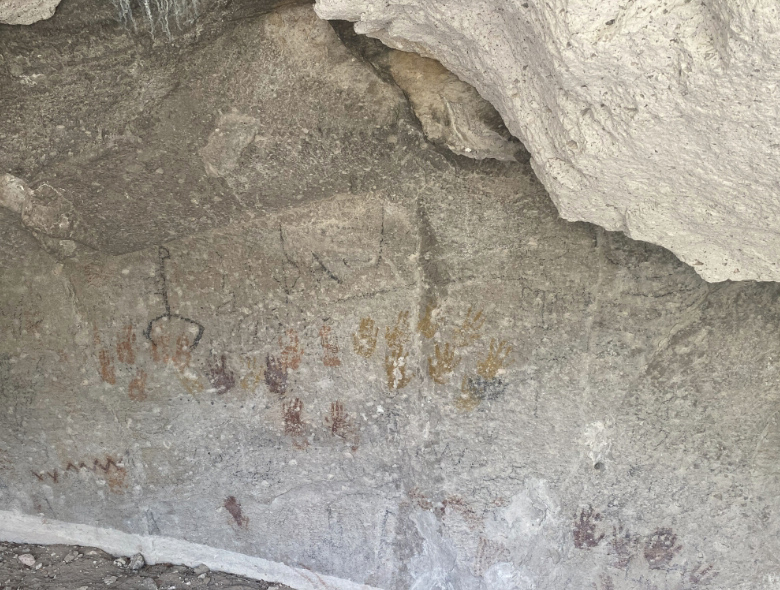
“One of my favorite memories was watching the stars in Arches National Park with several other students, while Professor Falk showed us how to use binoculars to get a better view of the stars,” Trani added. “I think that outside-of-the-classroom experiences like the Utah field trip afford students the opportunity to build lasting relationships with other students and professors who have similar interests, so that we can continue to learn from one another and better understand the material taught in class.”
Students prepared for the trip by conducting research to create a field guide to which all the participants could refer. The students said that even with their extensive preparation, nothing compared to really being in Utah.
“The biggest highlight for me was camping and hiking in Arches National Park; the showstopper was our sunrise hike to the famous Delicate Arch,” said Hailey Sussman ’25, of Westford, Massachusetts, who is majoring in environmental science and minoring in German studies. “Before the trip, I wrote a paper about the local geology at Arches. I had spent hours researching the geologic history of the site, collecting images, and getting an idea of what to expect. Nothing—not even the hours of researching—could have prepared me for that moment when our van turned in to the park. There in front of me were the arkosic sandstones, monoliths, and of course, the arches with which I had become so familiar. My mind was blown.”
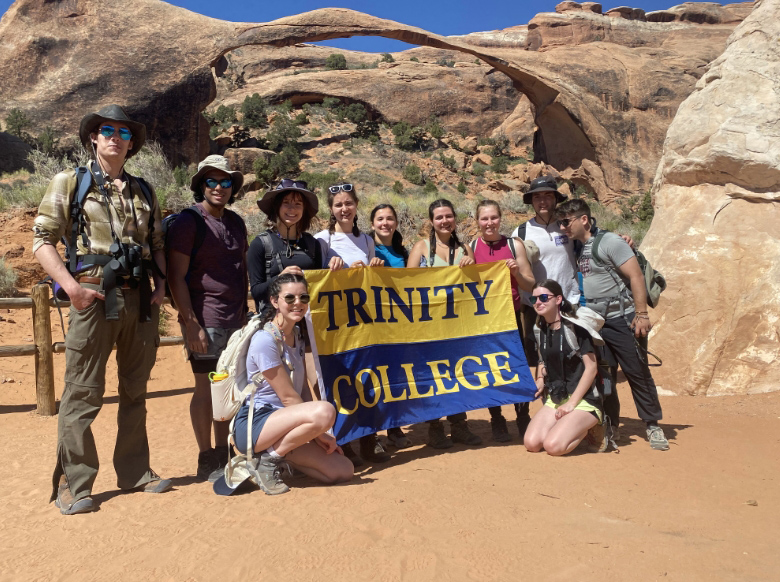
The students and faculty discussed rock samples and identified animal tracks and plants they spotted on their journeys. “Every single moment was a learning experience,” Sussman said. “The memories and friendships I made on this trip are the kind of things that will last a lifetime.”
Pitt agreed that the relationships and shared experiences are important takeaways. “While these trips allow students to observe and experience the ecosystems that they learn about in the classroom, they also allow faculty and students to get to know each other outside of a classroom and make deeper connections.”
Gourley added, “Being able to teach outside of the classroom in a non-traditional way is something all of our students appreciate. Alumni come back and talk about the field trips before they talk about a particular lecture. The ability to go out and learn in the field is something we pride ourselves on in Environmental Science—it’s what we’re all about.”
See more photos in the gallery below.
Learn more about environmental science at Trinity here.
‘The Great Environmental Science Utah Adventure’ – ENVS 350, May 23-June 1, 2022
‘The Great Environmental Science Utah Adventure’ – ENVS 350, May 23-June 1, 2022
Photos courtesy of Jonathan R. Gourley.
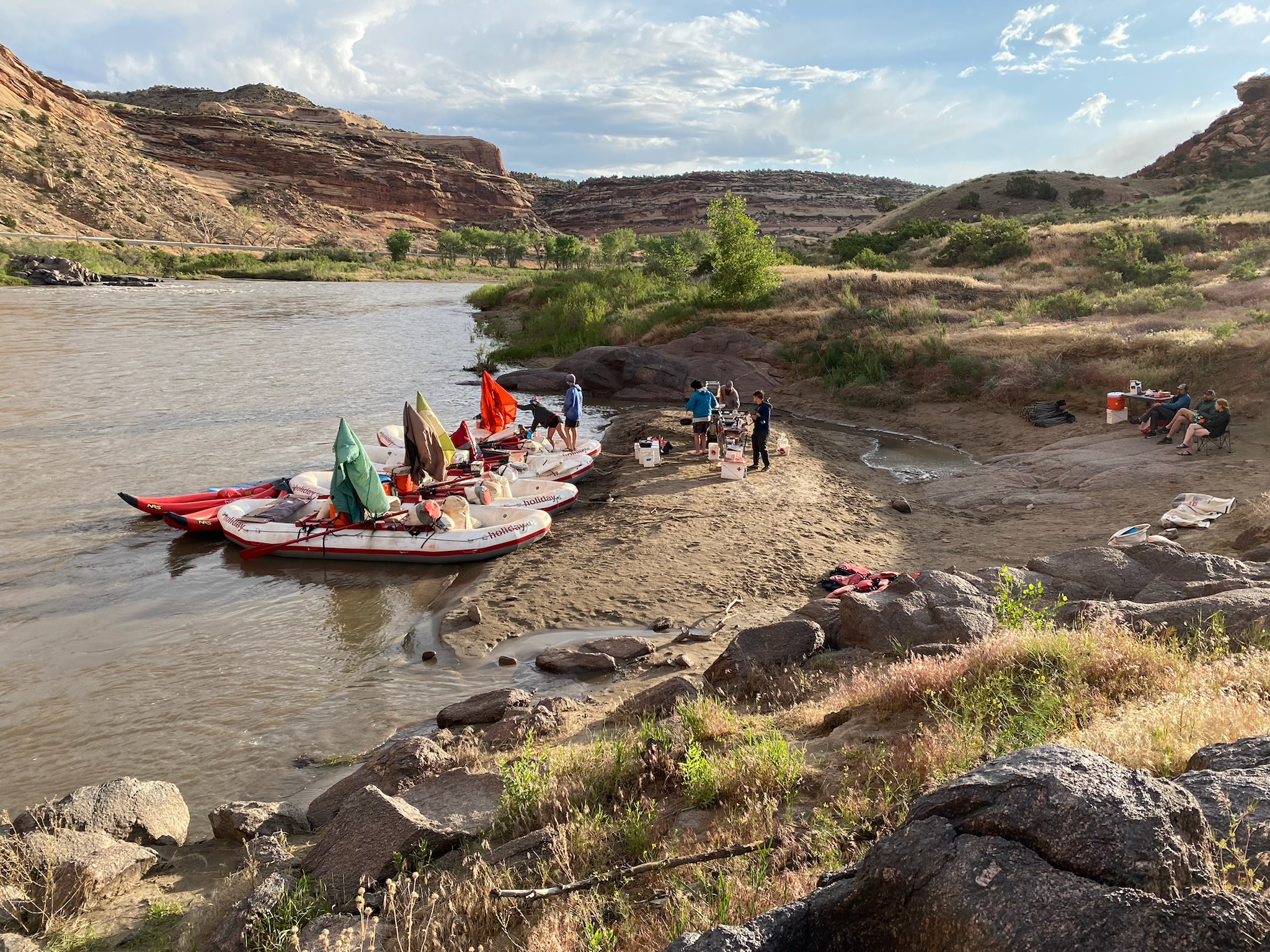
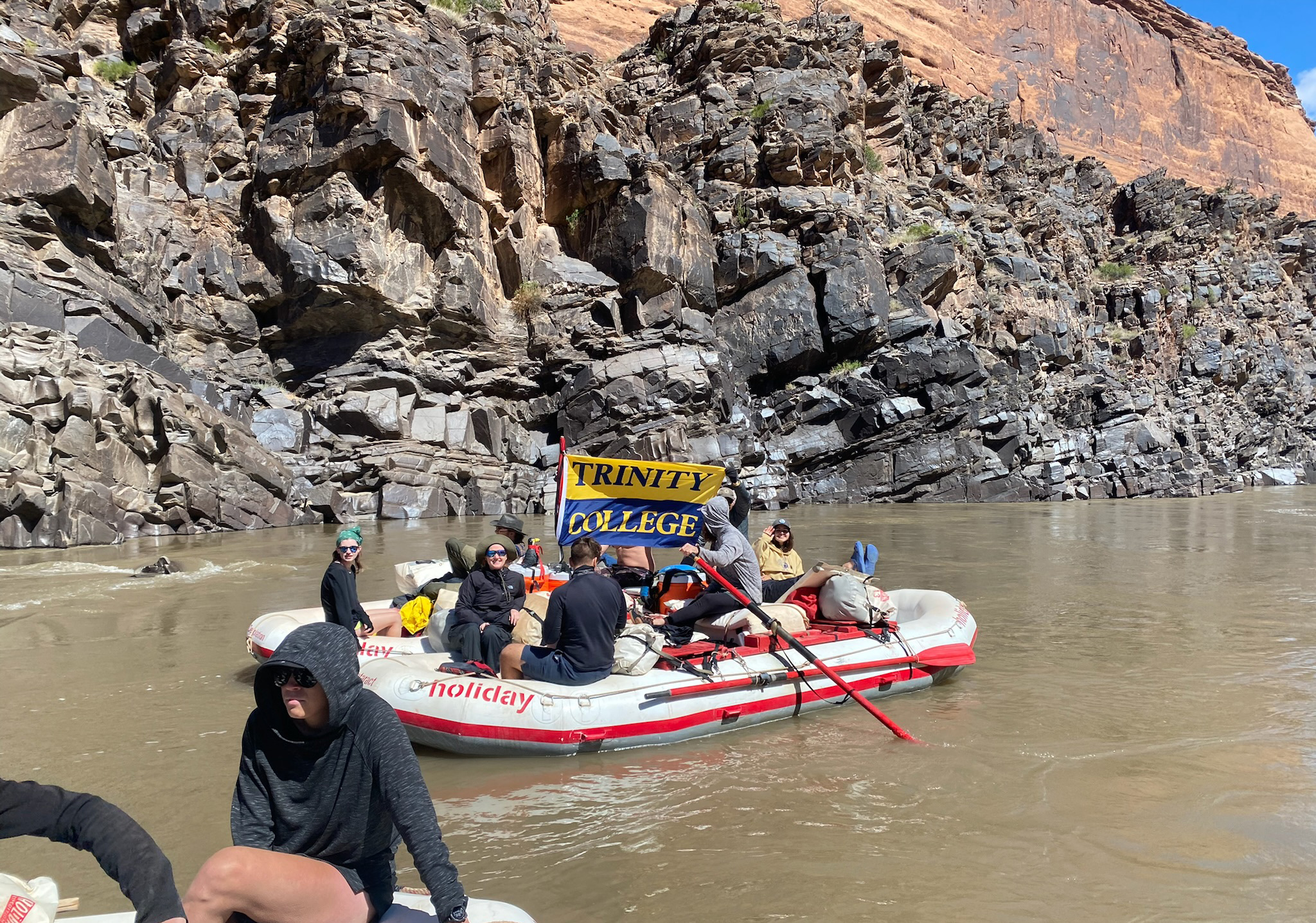
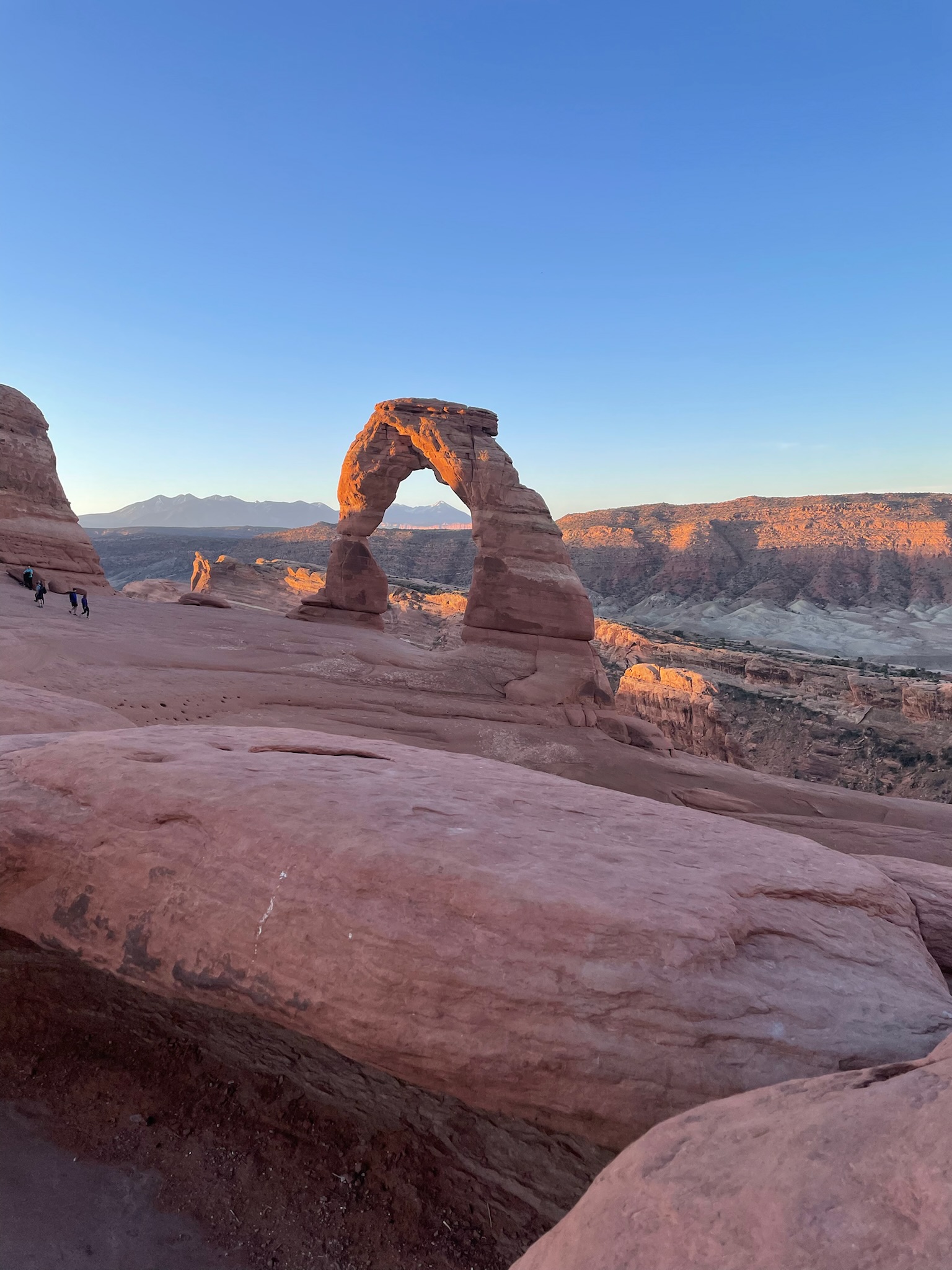


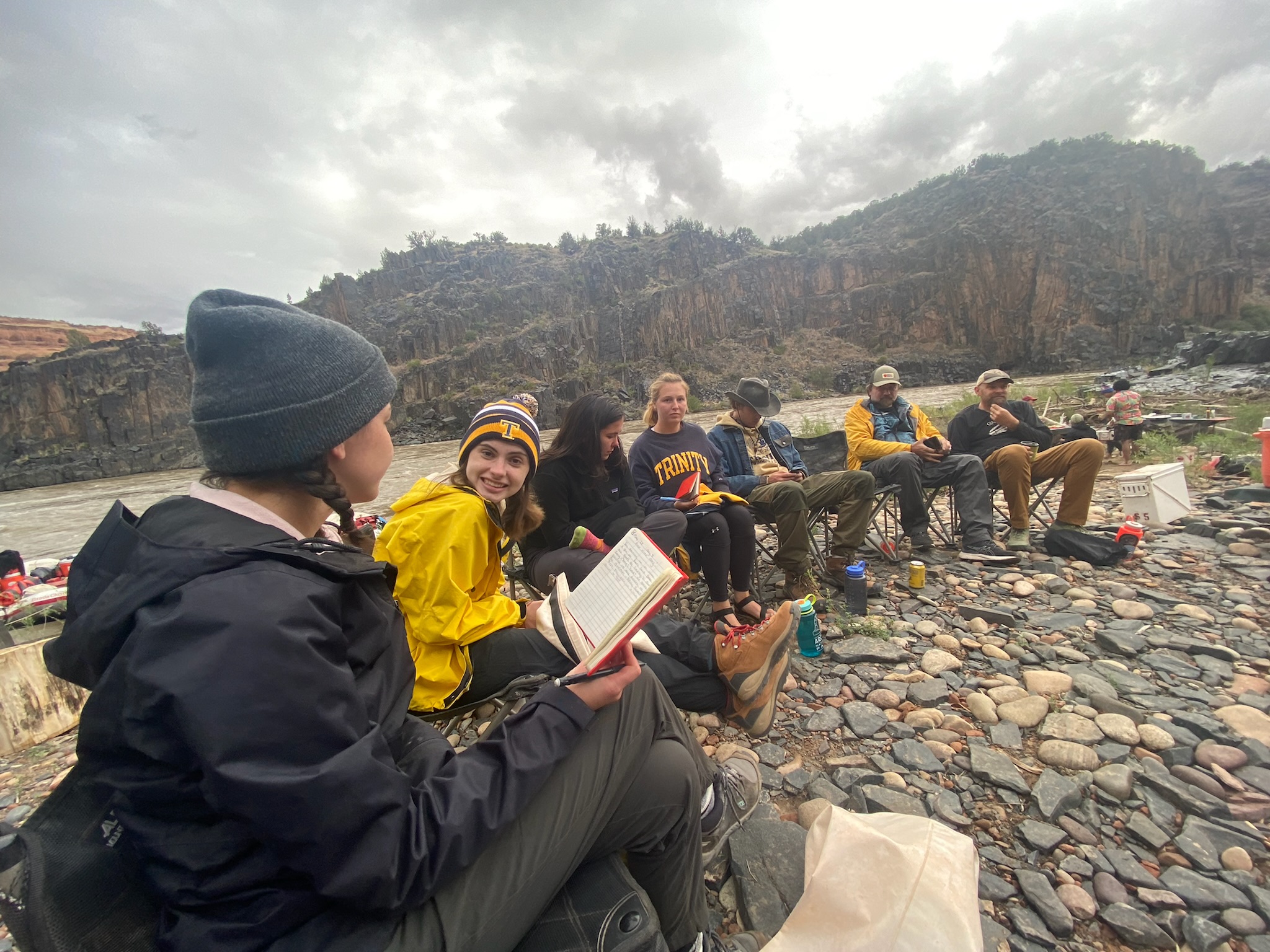
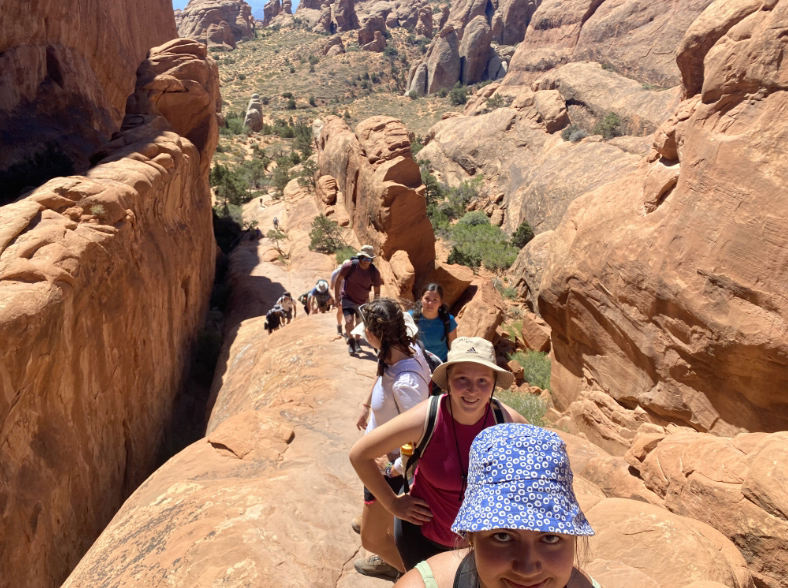
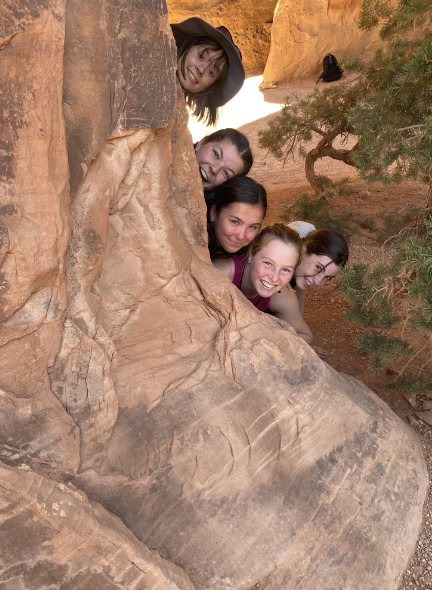
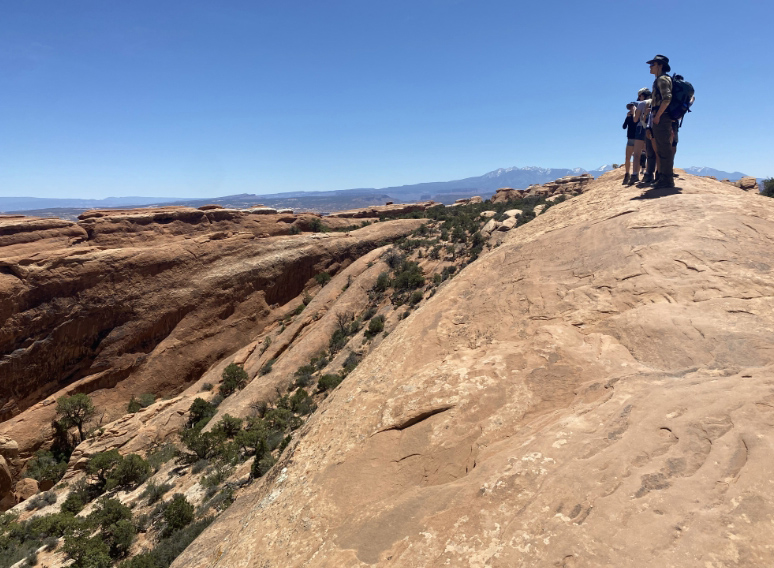
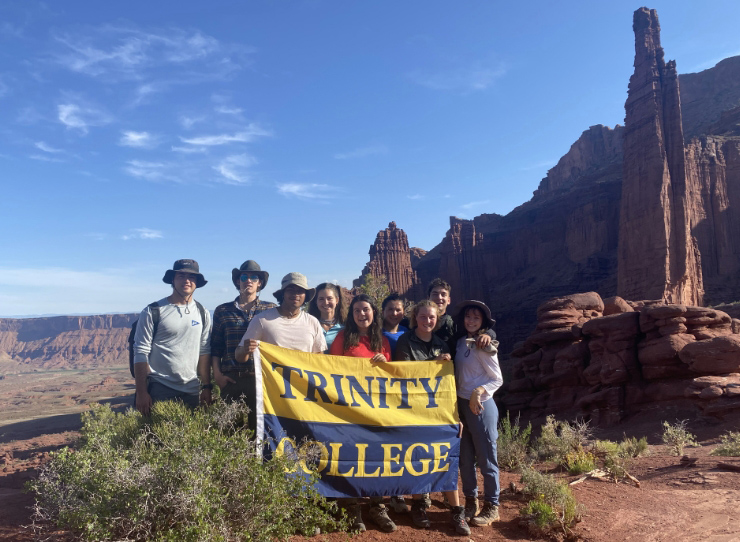
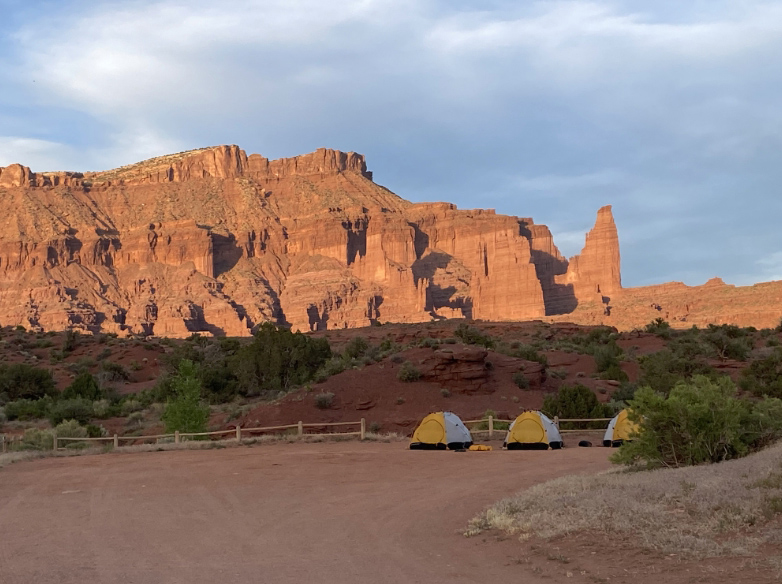
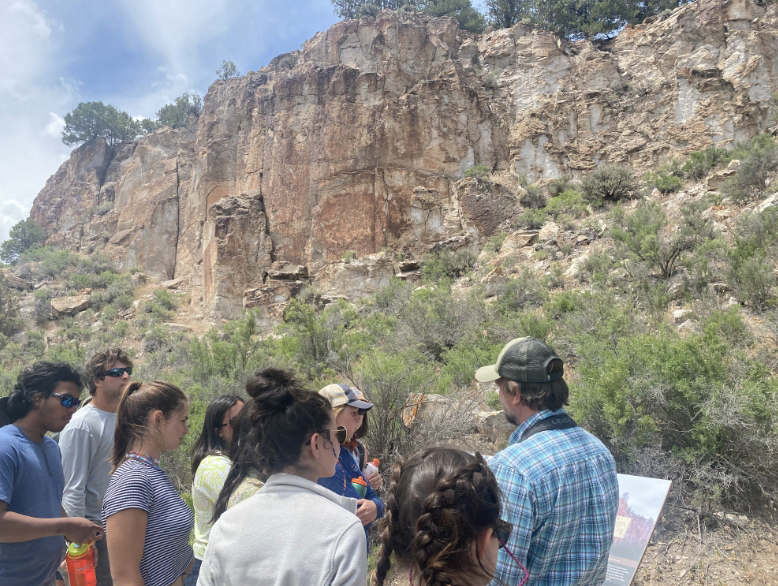
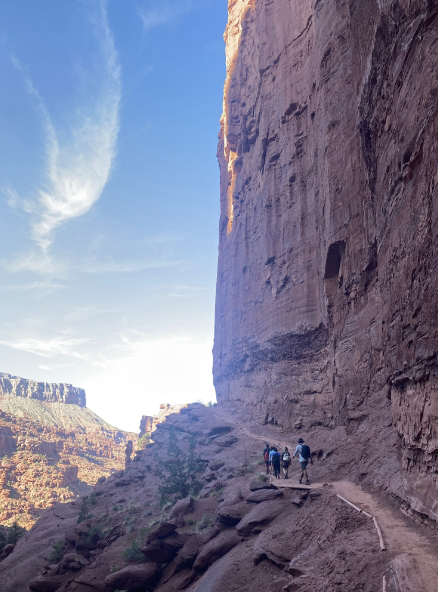

Photos courtesy of Jonathan R. Gourley.
